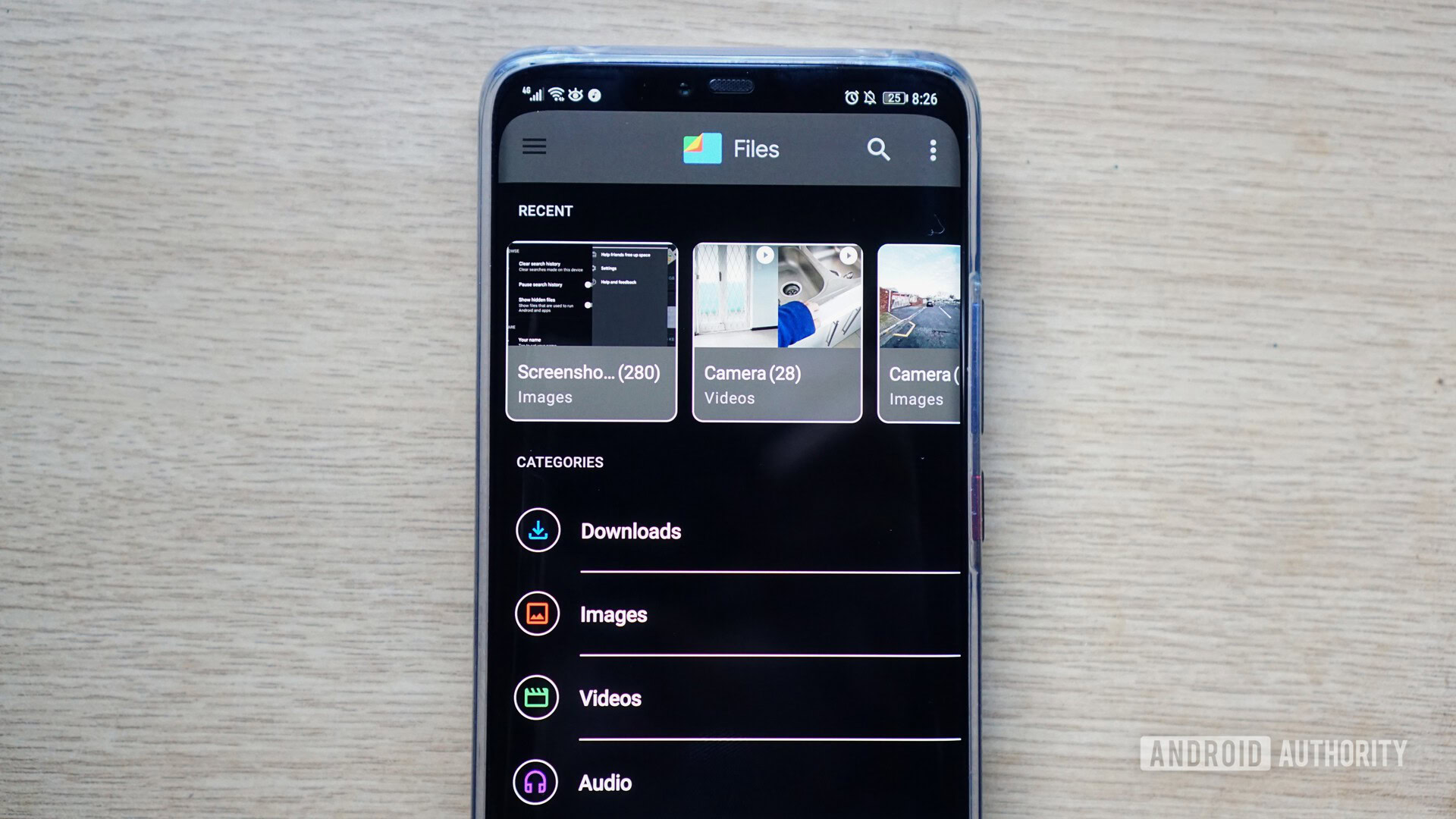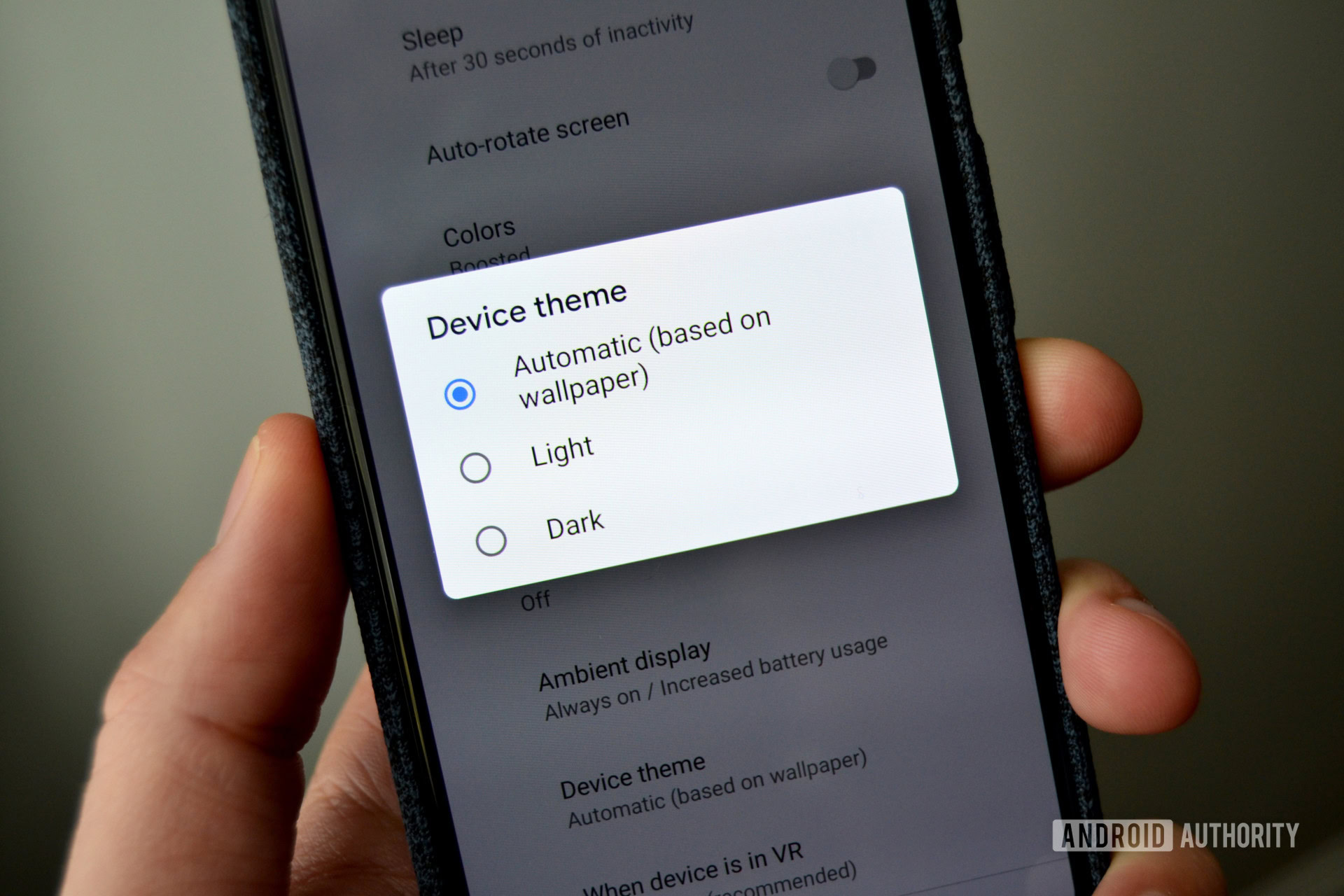Affiliate links on Android Authority may earn us a commission. Learn more.
Does 'true black' dark mode save more battery than dark gray? Yes, but also no

- A new report comparing battery savings on OLED smartphones when it comes to black modes and dark gray modes concludes that they both save about the same amount of energy.
- According to the data, there is only a 0.3 percent higher power savings from true black modes as compared to dark gray.
- The new data, of course, doesn’t preclude people from thinking true black is more aesthetically pleasing than dark gray.
Towards the end of November last year, Google finally admitted that dark modes are, in fact, good for your OLED smartphone battery. Since then, the company has rolled out dark themes to many of its apps. However, the themes are not “true black.”
Most of Google’s in-app dark modes are actually a dark gray rather than an actual black. Because of the lack of true black dark modes, many proponents of using dark themes complain that they’re still not saving as much battery life as they would if the dark gray was simply true black.

The problem with this debate is that we didn’t have any evidence to say whether or not true black dark modes actually do save more battery as compared to dark gray ones — we just assume that they do because black is darker than dark gray. However, XDA Developers just conducted some research that appears to settle the debate.
According to XDA’s numbers, true black dark modes on OLED smartphones do, in fact, save more battery as compared to dark gray modes. However, the difference in battery power saved is so small it’s essentially negligible.
XDA does a terrific job of laying out how it came to this conclusion. The team examines things mathematically, conducts some basic testing on a OnePlus 7 Pro, and even goes over exactly how and why OLED panels use less juice when pixels are dark rather than white.
The difference in power savings of black dark modes as compared to dark gray modes is so small it's negligible.
The result from this testing concludes that the difference between true black power savings and dark gray power savings is a tiny 0.3 percent. That means if true black uses 100mW of power, dark gray uses 100.3mW of power, which is close enough to be practically the same.
Of course, this doesn’t mean that dark gray modes are as aesthetically pleasing as true black modes. That, of course, is up to the individual user. But it appears the power saving argument for true black modes as compared to gray modes isn’t as sound as we might have thought.
Android Q, which is likely to launch this summer, will be the first official Android release with a system-wide dark mode on board.